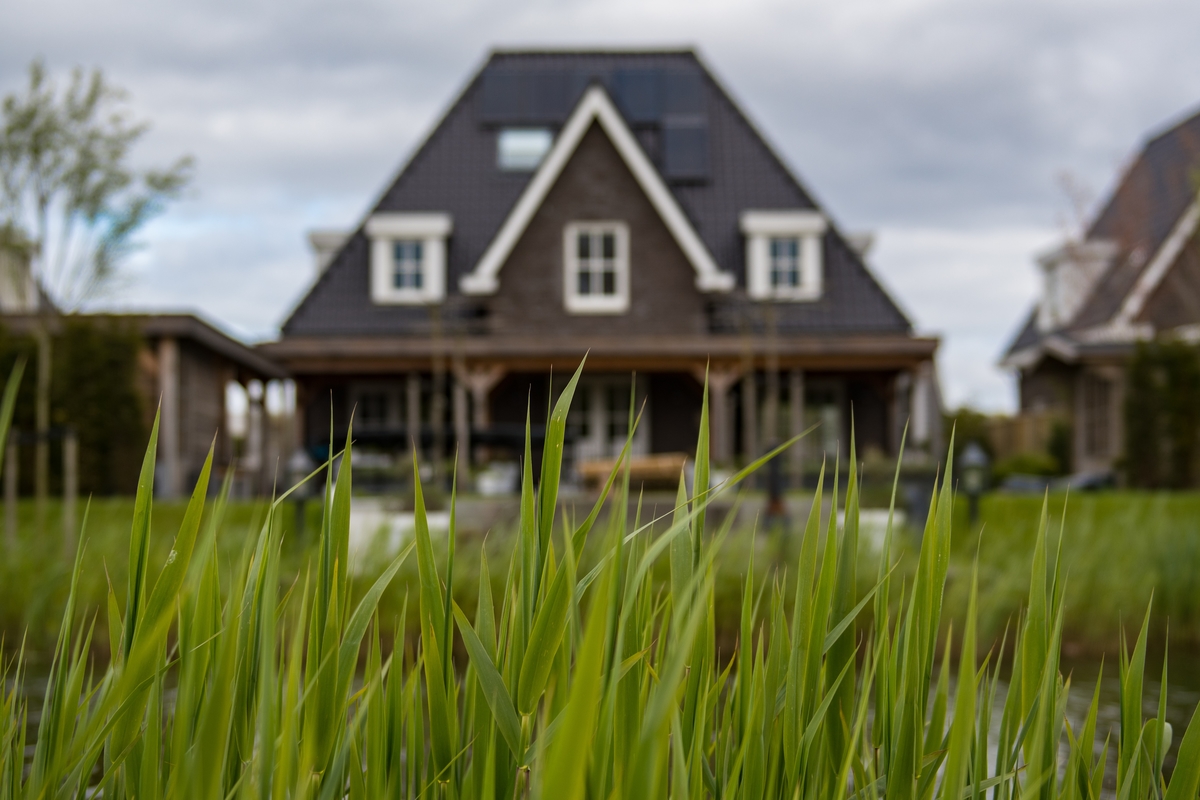New Single-Family Homes are Getting Smaller

New single-family home size trended lower in the third quarter of 2019, a pattern from recent years that is likely to continue as builders add more entry-level homes into inventory and the custom market levels off.
NAHB analyzed the data in the Census Quarterly Starts and Completions by Purpose and Design in a recent Eye on Housing blog post by NAHB Chief Economist Robert Dietz, who noted the average (mean) square footage for new single-family homes declined to 2,464 square feet.
The post-recession increase in single-family home size was consistent with the historical pattern coming out of recessions, Dietz noted. Typical new home size falls prior to and during a recession as home buyers tighten budgets, and then sizes rise as high-end home buyers, who face fewer credit constraints, return to the housing market in relatively greater proportions. This pattern was exacerbated during the current business cycle due to market weakness among first-time home buyers and supply-side constraints in the building market. But declines in size over recent years indicate that this part of the cycle has ended.
In addition, the share of new homes started with 5,000 square feet or more of living space in 2018 stood at 2.88 percent, down from 3.08 percent in 2017, consistent with the trend in the median and average size of new single-family homes. A total of 25,000 homes with at least 5,000 square feet were started in 2018, compared to 26,000 in 2107, NAHB economists said.
*All articles have been redistributed from NAHBnow.com*

